Walt Disney chief creative officer (CCO) John Lasseter talked about the influences of Japan, its art and Hayao Miyazaki’s animation in particular on his work, Pixar and even in winning his wife’s hand at a talk on “Cool Japan” held by the Tokyo International Film Festival on Friday.
Asked to hold the talk by his friend Toshio Suzuki of Studio Ghibli, Lasseter said, “I started looking through the old photographs of my trips to Japan. I’m very emotional about this talk about what a huge influence the country of Japan its people and my friend Hayao Miyazaki had on me.”
He described how his earliest exposure to Japan was with cartoons that he didn’t even know were from the country at first, and how his frustration later on in life as a Disney animator in a Hollywood where animation was just seen as “for kids” was solved when he first met with Miyazaki in 1981 and saw clips of Lupin The Third: The Castle Of Cagliostro.
“He showed me about three sequences from the film and I was blown away. Because this was the first animated film that I thought was made to entertain all ages. Clearly this was a film that was made by a filmmaker and not just for children. It made me feel I was not alone in the world,” he said, showing the very clips he saw back then.
“It’s for adults. It’s smart, it’s clever. The economy of the action,” he enthused. “It was such smart filmmaking. It filled my soul – that’s what I wanted to create.”
Lasseter described falling in love at first sight with his wife Nancy and wooing her with those very clips on their first date in 1985.
“To say Japan and Miyazaki has had a profound effect on my life - it is proof positive,” he said.
Toy Story’s inspirations
A year and a half after Pixar was formed, and he made his first trip to Japan in November 1987 where he fell in love with the scale and the detail of Tokyo. He took so many pictures that his wife “labeled these packets ‘John’s trip to Tokyo where he took way too many pictures’” of vending machines, plastic food, and “one of the loves of my life besides Nancy, the Shinkansen bullet train.”
As a toy lover and collector, it was, he said, around that time that “I started thinking about maybe a toy being alive” and discovered the “most beautiful books” of Teruhisa Kitahara on Japanese tin toys and he visited Kitahara’s Yokohama tin toy museum.
He talked about “the details, the printing” as “so cool” and the “retro vintage feel that was so fresh.”
“But I knew I was getting excited about something that could look amazing in computer animation. And it became the inspiration of Tin Toy, a short animation that won an Academy Award in 1988 – the first Oscar given to computer 3D animation in history,” he said.
Also on his first trip, Lasseter visited Studio Ghibli and saw Miyazaki’s early drawings of Totoro and was excited by “a bus that was actually a cat. A cat bus?!”
“And he had that same smile, Miyazaki. Later on, I learned at Disney that you are what you direct. And I learned that day Miyazaki put his heart and himself into his films,” he said.
He picked up Nausicaa Of The Valley Of The Wind and Laputa – Castle In The Sky on LaserDisc, which he proudly declared his five sons grew up watching.
“I really love Castle In The Sky because I love the worlds he creates. Around this time, I developed my story – Toy Story. I wanted to put myself into this film - my love of toys, films and animation,” he said.
“I worked so hard on Toy Story. It took four years with a group of people. We reworked the story to get it just right and I talked to Miyazaki who told me he does the stories for his films himself. All the storyboarding. I was blown away by that. I started, every trip that I made I would go to Studio Ghibli and spent a day with Miyazaki. For Cars and Cars 2, every chance that I got,” he said of the inspiration the studio and his friend gave him.
Helping with Spirited Away
He also helped out with the English-language releases of Miyazaki’s films starting with Spirited Away.
“Because I was not happy with what had been done with the Studio Ghibli films before. My goal was that English-speaking audiences would be able to understand it at the same level as Japanese-speaking audiences,” he said.
“I helped him with the publicity and distribution of Spirited Away and we went to the Toronto Film Festival together,” he said, adding they visited Pixar together as well.
“And as you know, Spirited Away went on to win an Academy Award for Best Animation Film the second year they gave one,” he said.
Totoro & Miyazaki Magic
Lasseter described Totoro as the most special Miyazaki film for him, with its quiet moments and inventive ideas such as the cat bus.
“And the way it touches the audience, it has a profound effect on the young and the old alike. He takes time and celebrates the quiet moments in films and that is so the opposite of Hollywood movies,” he said.
He also referenced Castle In The Sky and “how the action sequences are so amazing. The rescue sequence inspired a rescue sequence in my movie A Bug’s Life,” he said.
“Often when we get stuck at Disney, we will just put up a Miyazaki film” for inspiration, he said.
Modern & Traditional
He described Japan’s juxtaposition of the modern and the traditional as another thing he loved.
“I was trained as a Disney animator on the traditional principles of the Disney artists. When I went and started using computer animation, I never forgot the traditional animation. It’s that juxtaposition of the traditional and the modern that I found in Japan,” he said, adding that with Cars 2 and Big Hero 6, he was writing love letters to Japan and this aesthetic.
The latter opened TIFF this year, with its amalgamation of San Francisco and Tokyo - San Fransokyo as the background.



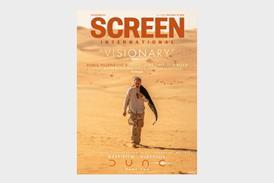

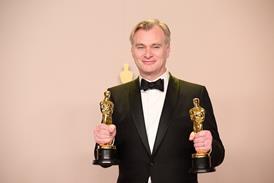



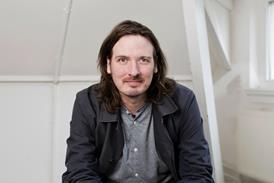

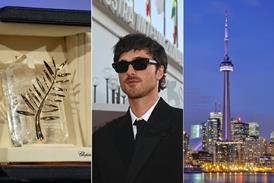
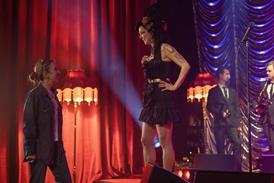
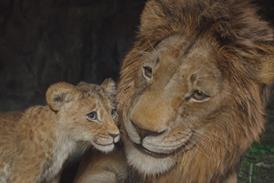
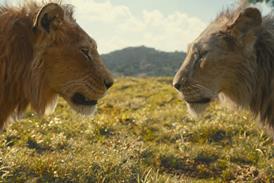
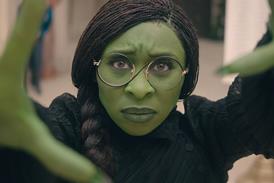

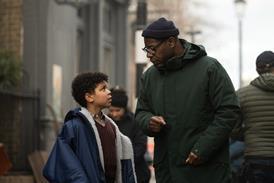







No comments yet